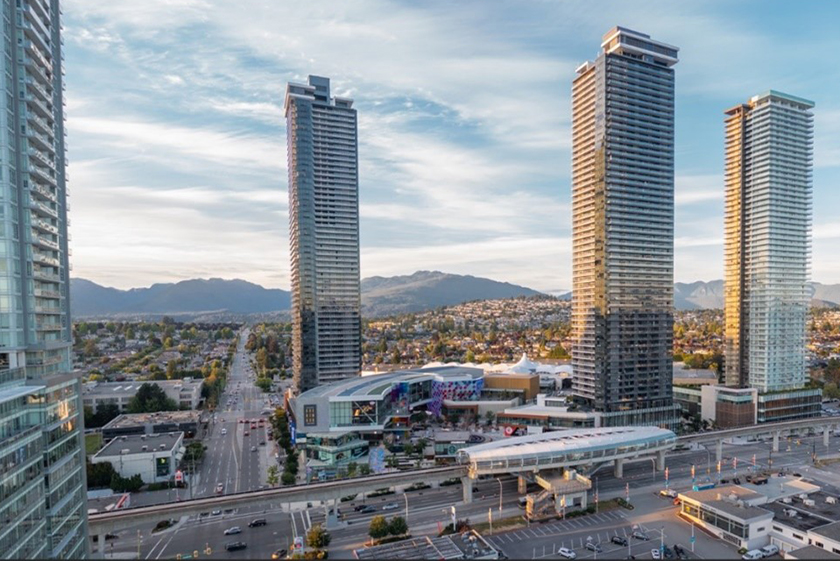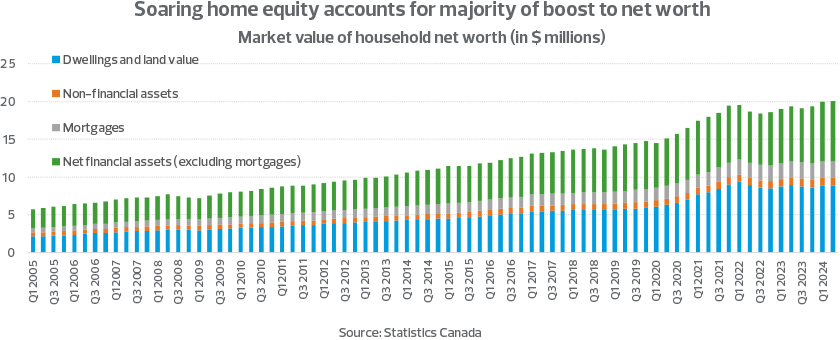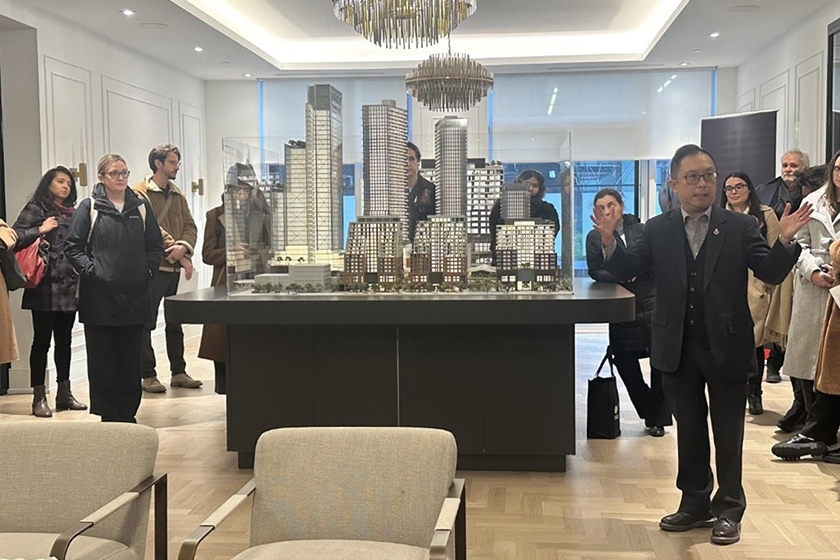Master-planned communities are an increasingly appealing investment for both developers and residents in response to Canada’s rising home values, urban densification and the demand for sustainable, car-optional lifestyles.
These large-scale, mixed-use developments are designed for luxury and convenience by offering housing, schools, health care, shopping and recreation in a seamless, self-contained neighbourhood.
By combining luxury, convenience and sustainability, master-planned communities address evolving demands for modern housing, vibrant public spaces and transit connectivity—all while driving investment in the built environment.
Beyond appealing to homebuyers and renters looking for future-forward housing options, these communities can entice developers and investors due to their resilience against market fluctuations, which also highlights the value of strategic partnerships. Canadian policymakers and urban planners can look to these communities for critical strategies to address housing shortages, promote urban densification and foster sustainable living.
As transit-oriented variations of these developments take hold globally, here is a look at how master-planned communities like The Amazing Brentwood in Burnaby, B.C., and The Well in Toronto are helping redefine urban and suburban life.





